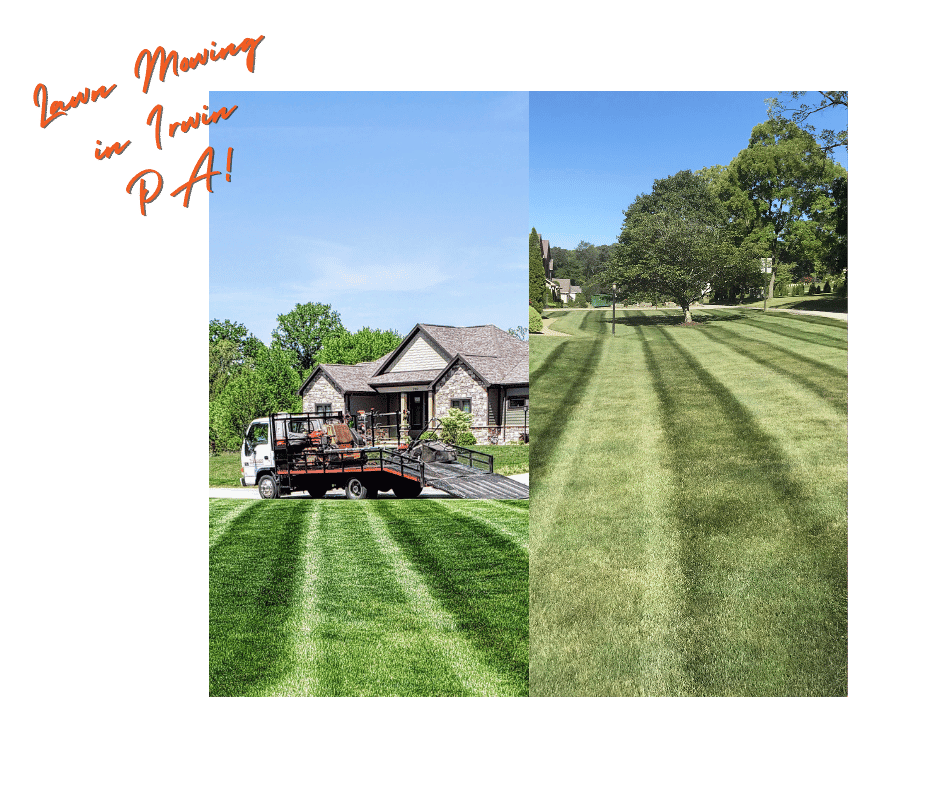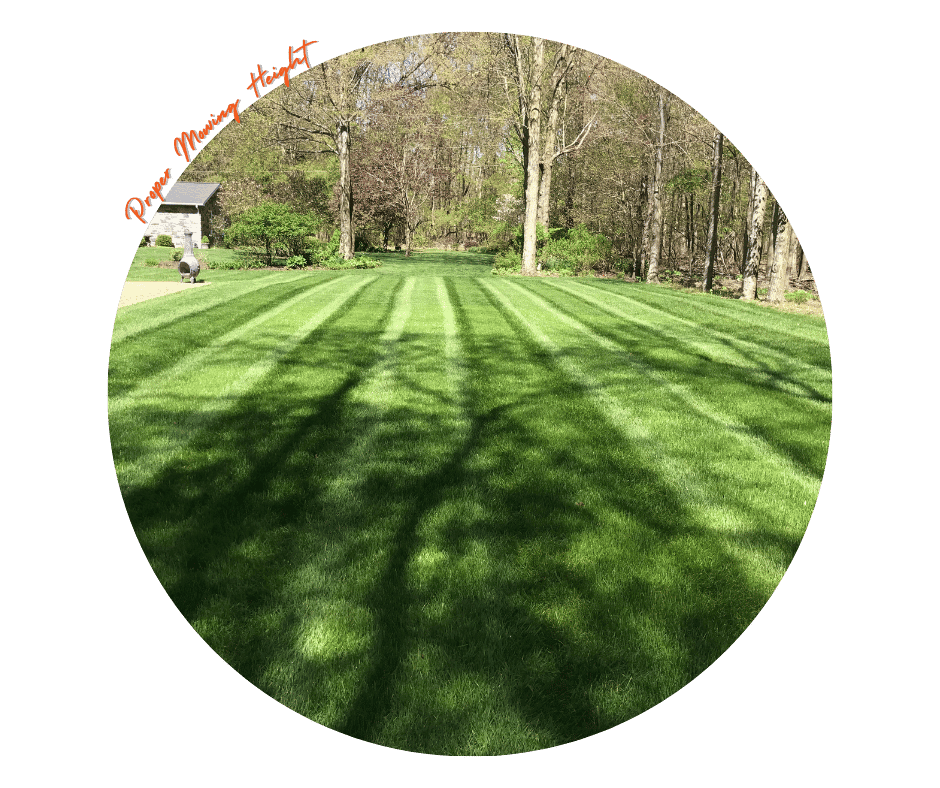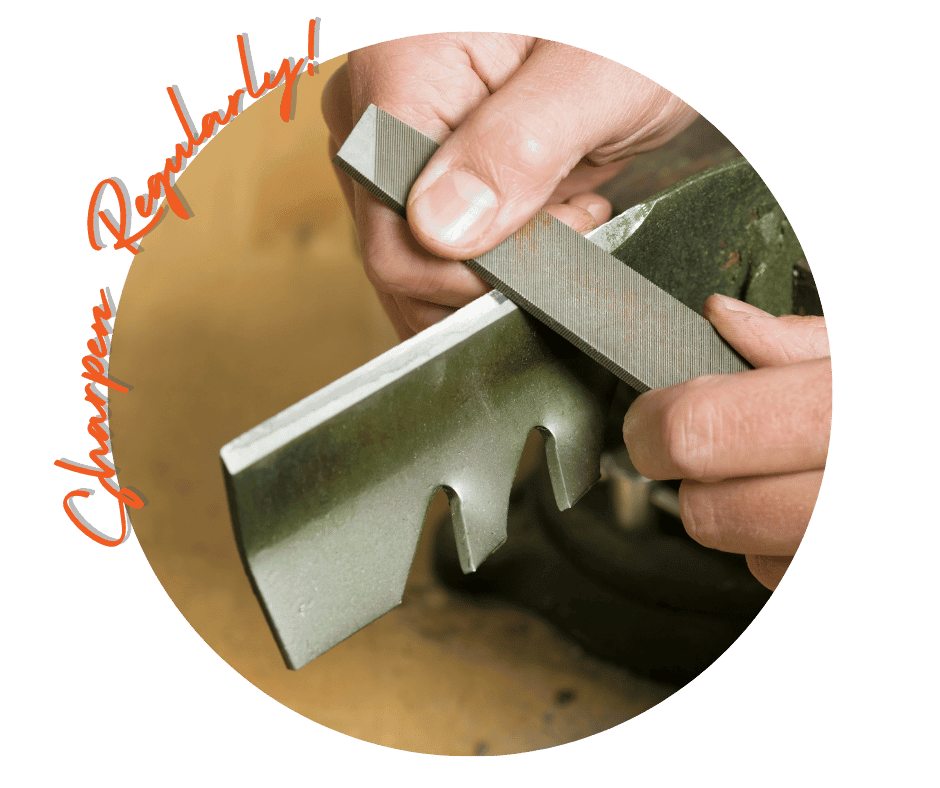
Maintaining a lush, green lawn in North Huntingdon and Irwin, PA requires more than just regular mowing. The unique climate and soil conditions in these areas demand specific care strategies to keep your yard looking its best year-round. Whether you're a seasoned gardener or a lawn care novice, these top lawn mowing tips will help you achieve a beautiful, healthy lawn that enhances your home's curb appeal.
1. Choose the Right Mowing Schedule
1. Choose the Right Mowing Schedule
Understand Your Grass Type
Understand Your Grass Type
Different grass types have varying growth rates and seasonal behaviors. In North Huntingdon and Irwin, common grass varieties include Kentucky Bluegrass, Perennial Ryegrass, and Fine Fescues. Understanding your grass type will help you determine the optimal mowing frequency and height.
Seasonal Adjustments
Seasonal Adjustments
- Spring: Grass growth accelerates. Mow once a week to keep up with rapid growth.
- Summer: Growth may slow due to heat and drought. Mow every 7-10 days, ensuring you don’t cut more than one-third of the grass blade at a time.
- Fall: Grass begins to prepare for winter. Resume weekly mowing to promote strong root development.
- Winter: Grass growth typically halts. Mowing frequency decreases, but stay vigilant for any unexpected growth spurts.
2. Maintain the Proper Mowing Height
2. Maintain the Proper Mowing Height

Optimal Height for Healthy Grass
Optimal Height for Healthy Grass
Maintaining the correct mowing height is crucial for a healthy lawn:
- Cool-Season Grasses (e.g., Kentucky Bluegrass): 3 to 4.5 inches
Benefits of Proper Mowing Height
Benefits of Proper Mowing Height
- Promotes Deep Root Growth: Taller grass encourages roots to grow deeper, making your lawn more drought-resistant.
- Shades the Soil: Reduces weed growth by limiting sunlight exposure to the soil.
- Prevents Stress: Cutting too short can stress the grass, making it more susceptible to diseases and pests.
3. Sharpen Your Mower Blades Regularly
3. Sharpen Your Mower Blades Regularly
Why Sharp Blades Matter
Why Sharp Blades Matter
Dull mower blades tear the grass rather than cutting it cleanly, leading to frayed edges that can make your lawn more vulnerable to disease and pests.
Maintenance Tips
Maintenance Tips
- Sharpen Blades Every 5-10 Mows: Regular sharpening ensures clean cuts.
- Inspect for Damage: Replace blades if they are cracked or excessively worn.
- Use the Right Tools: Invest in a good-quality mower and sharpening tools or have a professional service maintain your mower.

4. Follow the One-Third Rule
4. Follow the One-Third Rule
Avoid Cutting Too Much at Once
Avoid Cutting Too Much at Once
Never remove more than one-third of the grass blade in a single mowing session. Cutting too much can stress the grass, weaken its ability to photosynthesize, and lead to a thin, unhealthy lawn.
Practical Application
Practical Application
If your grass is 6 inches tall, set your mower to cut at 4 inches. Gradually lower the mower height over several weeks if you need a shorter lawn.
5. Vary Your Mowing Pattern
5. Vary Your Mowing Pattern
Prevent Soil Compaction
Prevent Soil Compaction
Mowing in the same pattern every time can compact the soil and create ruts. Varying your mowing direction (e.g., north-south one week, east-west the next) helps prevent these issues.
Enhance Grass Growth
Enhance Grass Growth
Changing patterns disrupts the growth direction of the grass blades, promoting a denser and more resilient lawn.


